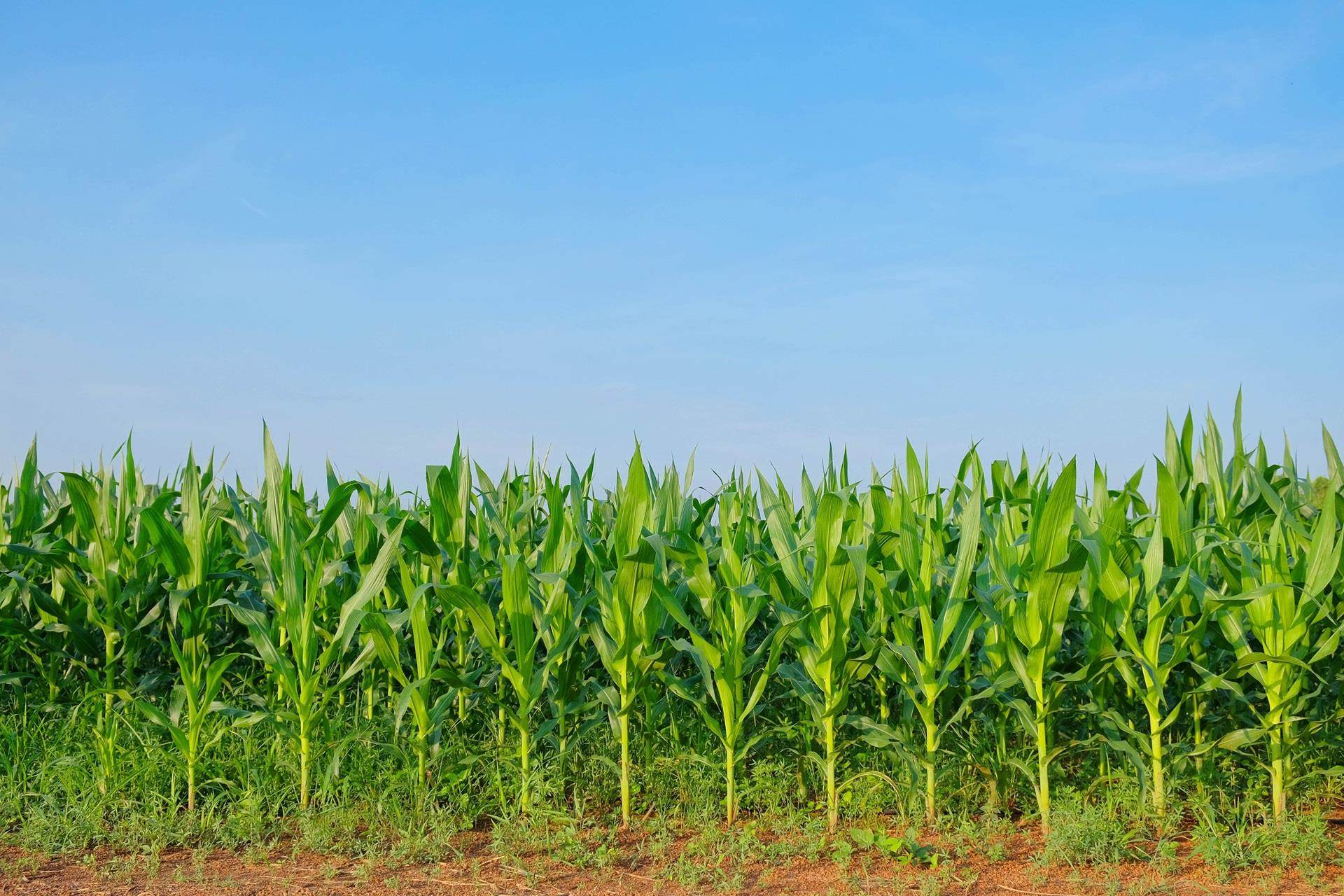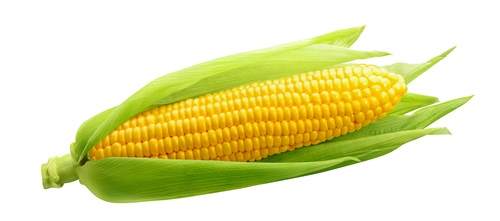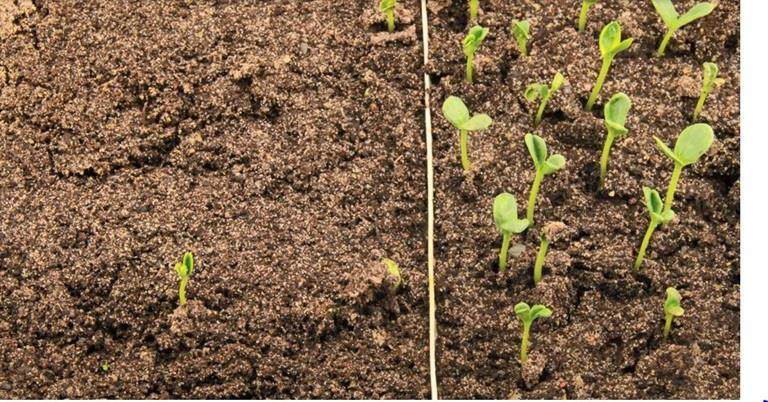Four factors affecting sweet corn seed shelf life

1. Genetic factors
A key factor affecting the shelf life of sweet corn seeds is the inherently low vigour of this seed. This may partially be the result of genetic factors such as small embryo size. A larger embryo generally contains more stored nutrients and cellular structures that support early growth. When the embryo is small, it may have fewer energy reserves (like starches, proteins, and lipids) and be less efficient at initiating germination.
It would be ideal if this trait could be removed at the breeding stage. But the challenge there lies in developing seeds with high vigour that still taste good. Vigour and taste are influenced by different - and sometimes conflicting - genetic and physiological factors. For example, high sugar content is a favourable trait for seeds that need to taste good, but it also attracts moisture which can lead to faster deterioration and reduced vigour.
Mitigating the effects of environmental stressors could benefit greatly from collaborative, innovative approaches
2. Storage conditions
The conditions under which seeds are stored are paramount. Even if all pre-conditions for good seed viability have been met during harvest and processing, this can quickly be undone if seeds are stored poorly, enabling the growth of microorganisms and causing depletion of total sugars. Keeping the conditions right is key, but for bulky crops like sweet corn it is often very difficult to control factors such as temperature, humidity and airflow evenly throughout the large storage units.

3. Environmental conditions
Environmental conditions during seed production have always played a critical role in determining seed quality, and today climate change is adding a further complication. Seed production researchers invest a significant amount of time and effort into developing robust varieties capable of withstanding adverse conditions. Parental lines are carefully managed, and seed treatments are applied for protection. Optimal production sites are selected based on whether varieties perform better in warmer or cooler climates. For effective pollination, the spacing and ratio between male and female plants are meticulously planned. Despite these efforts, mitigating the effects of unexpected environmental stressors remains a major challenge—one that could benefit greatly from collaborative, innovative approaches, especially in the context of the Asian seed market.
4.Post-harvest processes
The mechanical processes after harvest present many risks that impact seed vigour and shelf life. Cleaning, shelling and post-treatment drying techniques are examples. These processes are necessary to prepare the seeds for storage and planting, but they are all potential sources of physiological damage. In the case of sweet corn seed, with its high sugar content and thin pericarp, there is an extra risk. Careful management of moisture content, optimal drying time/temperatures and the development of gentler handling and shelling processes could be the way to go. Adding a customised seed technology to these management regimes, one that is tailored to the specific variety and region, offers a powerful combination to support a stronger shelf-life outcome.
We tailor technologies to specific challenges encountered per variety or region, aiming to support seed viability and help reduce seed loss in variable conditions
Boosting sweet corn seed vialbility
With climate variability as well as genetic and logistical challenges affecting seed quality, prolonging the viability of sweet corn seeds represents a valuable opportunity for the Asia Pacific seed sector. At Incotec we understand the challenges and are committed to working closely with customers to address them. We specialise in seed technologies, such as primings and coatings, that we tailor to specific seed challenges encountered per variety or region. By collaborating on smarter seed technologies our resilient solutions aim to support seed viability and help reduce seed loss in variable environments. We welcome partners across the region to connect with us and explore tailored approaches to your specific seed challenges.
